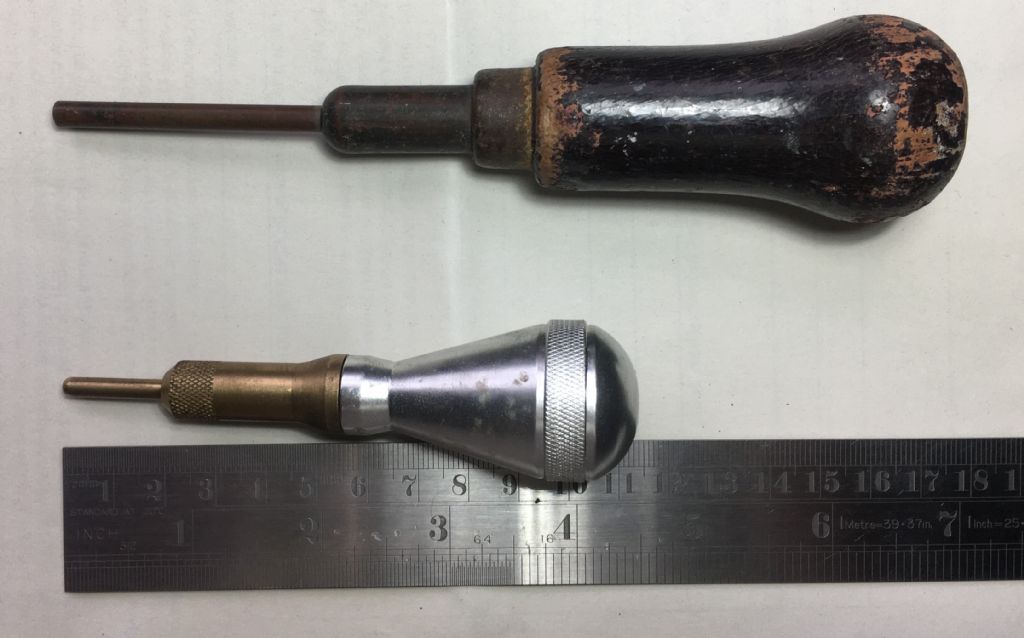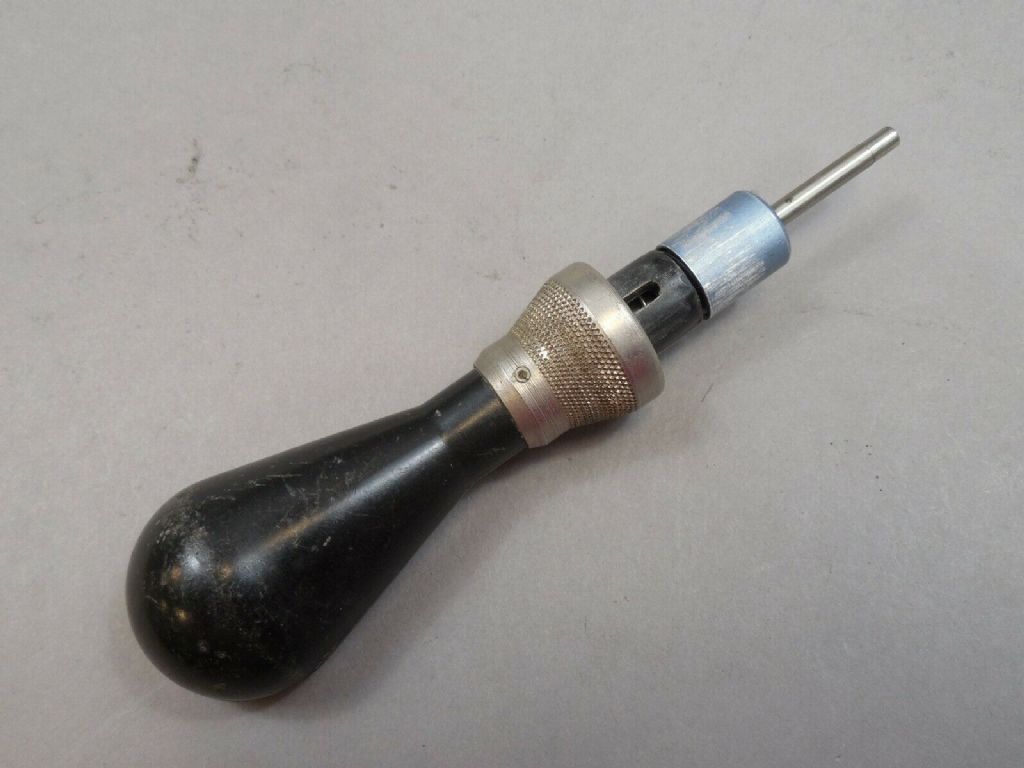Unidentified Tool, similar to a ‘push-pin’
Unidentified Tool, similar to a ‘push-pin’
- This topic has 9 replies, 6 voices, and was last updated 19 December 2022 at 10:40 by
Mike Donnerstag.
Viewing 10 posts - 1 through 10 (of 10 total)
Viewing 10 posts - 1 through 10 (of 10 total)
- Please log in to reply to this topic. Registering is free and easy using the links on the menu at the top of this page.
Latest Replies
Viewing 25 topics - 1 through 25 (of 25 total)
-
- Topic
- Voices
- Last Post
Viewing 25 topics - 1 through 25 (of 25 total)
Latest Issues
Newsletter Sign-up
Latest Replies







